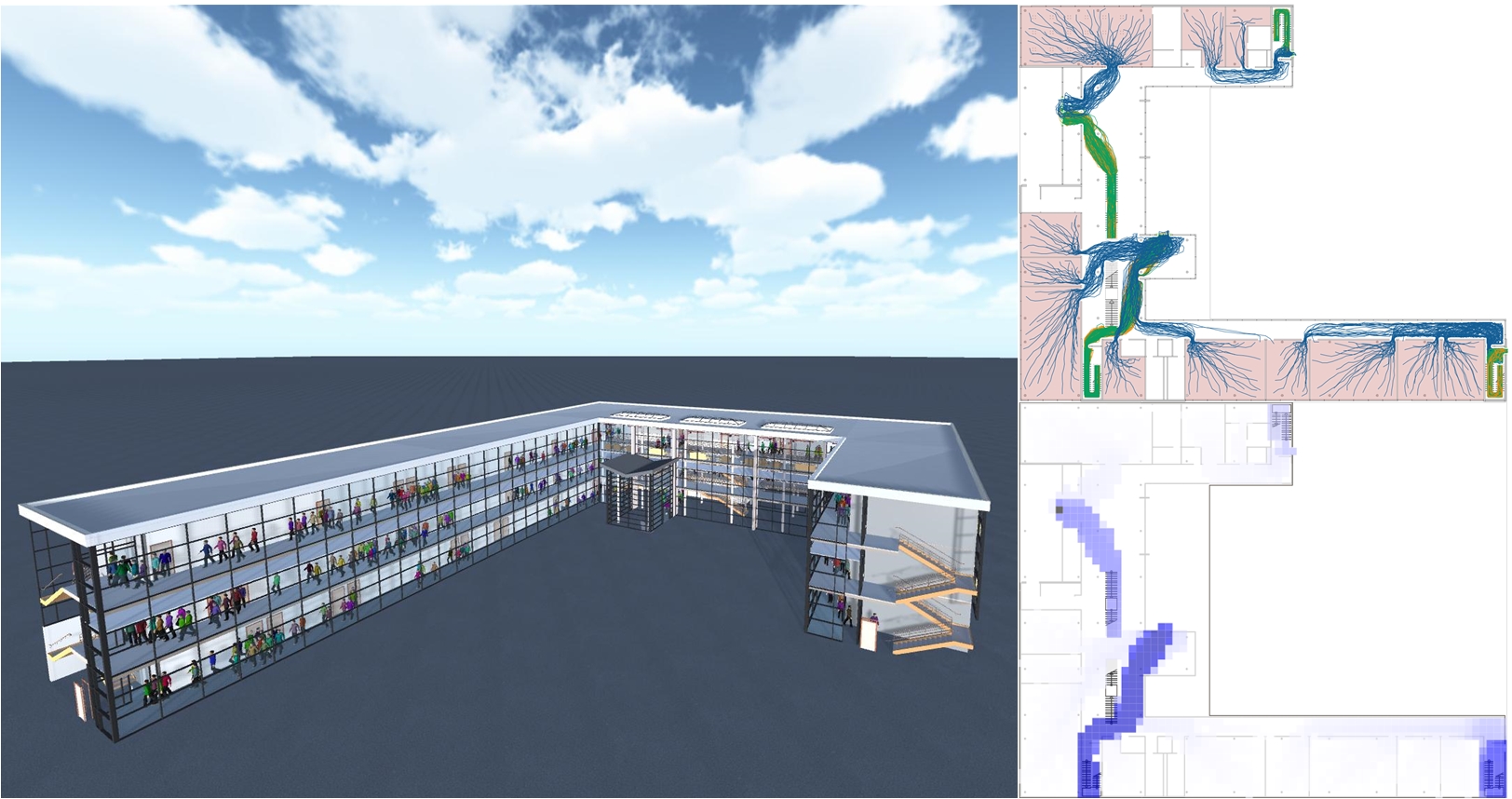- Keine Ergebnisse gefunden
- Anwendungsfälle
- Co-Creation Space
Community
Organisationen
Kooperationspartner
- Anmelden
NOCH NICHT REGISTRIERT?
Registrieren Sie sich für den Use Case Management Service kostenlos, um Ihren ersten Use Case zu erstellen.
Registrierte Benutzer können den Download-Bereich und die Kommentarfunktionen nutzen.

All documents are licensed as a Creative Commons Attribution-NonCommercial-ShareAlike 4.0 International License
(Attribution-Non-Commercial-ShareAlike 4.0). Further information can be found at
![]()
The documents reflect the current best practice and do not claim to be complete. They should not to be understood in the sense of a generally valid recommendation or guideline from a legal point of view. The documents are intended to support appointing and appointed parties in the application of the BIM method. The documents must be adapted to the specific project requirements in each case. The examples listed do not claim to be complete. Its information is based on findings from practical experience and is accordingly to be understood as best practice and not universally applicable. Since we are in a phase in which definitions are only emerging, the publisher cannot guarantee the correctness of individual contents.
The input data requirements were specified in an Excel spreadsheet, and then an IDS file was created based on that. The BIM model in IFC format is then checked with the IDS file. Once the IFC file is imported in a pedestrian modelling tool, suitable scenarios are simulated. Results of these simulations are generated which can be shared with the relevant stakeholders. For the output data (i.e. analysis results), the requirements were also specified in an Excel spreadsheet, and then an IDS file was created based on that. The BIM model in IFC format that includes the summary of key analysis results is then checked with the IDS file.
Note: To capture simulations results, the following approach was utilised:
Presenting the overall openBIM based process, including the involved actors and the data exchange among them.
To plan sustainable buildings with respect to long term maintenance and future development, pedestrian modelling tools can be used in order to check buildings in the early planning phase for their designated usage. These simulations are used to check whether performance indicators are fulfilled and the building is compliant.
The key data exchanges and interactions between the key stakeholders are captured by the process map.
Conducting circulation analysis (occupant movement analysis under in non-emergency situation) offers a deep insight into the buildings' functionality and allows quick and affordable digital prototyping, avoiding costly planning errors. It is relevant during the planning and lifecycle process of buildings, particularly for complex buildings.

Input data requirements were captured based on a review of seven representative pedestrian modelling tools and were documented in an Excel spreadsheet. Based on these requirements, an IDS file was created for checking input data requirements. A sample hotel model was then created and used to check the data requirements using the IDS file. These were the key requirements of this use case, which were successfully demonstrated using the sample hotel model through an openBIM based workflow. Furthermore, the following additional work was undertaken and demonstrated:
The aim of this use case is to achieve an openBIM based workflow for circulation analysis.
To achieve this aim, the following objectives were identified:
OMA - Occupant Movement Analysis